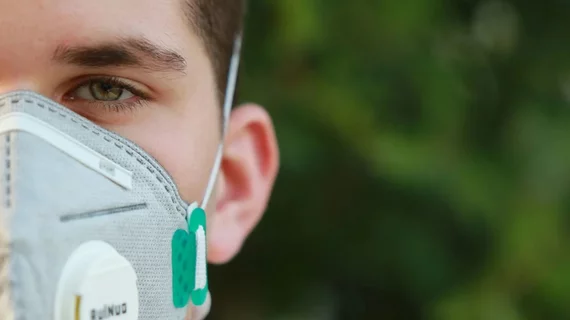The long-term consequences of COVID-19 infection remain an ongoing exploration. But University of Southern California researchers say radiologists can help by strategically using imaging to track patients over the coming years.
The group specifically urged providers to obtain chest X-rays from COVID-19 patients just before they’re discharged or immediately after to establish a “new-baseline” record.
This reference point can help determine if a once-infected patient is readmitted with the coronavirus, another infection such as the flu, a long-term repercussion of the disease, or something else entirely, USC experts wrote March 26 in Clinical Imaging.
“While the natural history of COVID-19 has not yet been fully explored … the potential added value of a new-baseline chest radiography in patients who are recovered from SARS-CoV-2 infection cannot be overemphasized,” Ali Gholamrezanezhad, MD, with USC Keck School of Medicine's Department of Diagnostic Radiology, and colleagues explained.
The authors pointed to a number of real-world studies and examples to back their claims. One included a 15-year CT study of SARS patients—a cousin of COVID-19—that showed pulmonary lesions and other similar findings years after recovery.
And others directly analyzing coronavirus patients show many carry lung abnormalities on chest CT up to one month after testing negative. In these situations, chest X-rays can provide clinicians a snapshot of pulmonary findings, the authors explained. And such pictures may be particularly crucial during flu season, as influenza may cause radiological findings similar to the novel virus.
With all this in mind, Gholamrezanezhad and colleagues suggest performing chest imaging in patients at the highest risk of secondary infection or those with comorbidities. Doing so, they said, will go a long way toward understanding how this virus reacts over time.
“Determining the residual abnormalities in post-recovery imaging (specifically using CXRs as the main imaging tools due to its lower radiation, unless CT scans had been performed for other reasons) will guide us in the long-term management of these patients for many years to come,” the authors concluded.

